How to Get More Sales from Existing Customers
Most online marketers these days focus on conversion rates and increasing the number of leads. However, the easiest way to grow your customer base and increase sales is not to lose your existing ones. Here are some tips on drawing up your retention strategy and combating cart abandonment.
Here are some tips on drawing up your retention strategy and combating cart abandonment.
Gaining a new client by spending your marketing budget and lose another one because you don’t have a proper retention strategy is not a good way to do business.
On the surface, it may seem that your customer base hasn’t decreased, but in fact, you ended up with lower margins, as it’s cheaper to keep an existing customer than to acquire a new one. In other words, the easiest way to grow your client base, hence, boost conversions, increase sales, and so on, is not to lose your customers.
Various estimates indicate that retaining an existing buyer is 5-10 times cheaper than acquiring a new one. According to Inc.com repeat customers tend to spend 67% more than first-timers. Furthermore, Adobe’s study of the ROI from marketing to existing customers found that 40% of revenue generated by US online stores came from only 8% of returning customers.
"In almost no instance can an online retailer break even on a one time shopper," conclude the researchers from by Bain & Company and Mainspring. Their study titled "The Value of Online Customer Loyalty" revealed that to recoup the investments in customer acquisition, the average online apparel store had to convince the customer to shop at least four times. Online grocers, whose acquisition costs were estimated to be around $80 per customer, had to retain one for at least 18 months to break even.
Related posts
30 Client Retention eCommerce Tools List: Boost Your Sales Potential in 2016
How to Craft an Amazing Customer Retention Strategy!
What’s More Effective than Newsletter Campaigns?
Save 15 Hours a Week on Proposal Creation without Compromising the Quality
The Complete Library of Low-Cost and Free Customer Satisfaction Survey Tools
This evidence seems to be quite compelling to start drawing up your store’s retention strategy, doesn’t it? So how do you do it?
Keep LTV in Mind
As simple as it may seem, first of all, you’ve got to learn your target audience. Competitor analysis can provide some helpful insights, but you shouldn’t put heavy emphasis on its results. The behavior of the same target audience will vary on different websites. That’s why relying on your data from Google Analytics, and other tracking platforms you might be using is a more reliable way to study the behavioral patterns of your customers.And, of course, you shouldn’t underestimate the value of customer feedback, especially if it’s negative. Dissatisfied customers will share their negative experience with a wider audience than the happy ones.
And if you don’t provide helpful feedback or reply to their complaint, chances are you’ll never see them shop with you again.
One of the most important metrics you should take into consideration when drawing up your retention strategy is LTV (or CLV) – customer lifetime value. It indicates how much profit the business gets from a single customer over time. There are a few formulas for calculating CLV and a number of websites that allow you to do that online – you can just google them. It’s best you try some ways to calculate it and include audience segmentation, as in all likelihood, results will vary.
The LTV formula can provide valuable insights into the effectiveness of your marketing campaigns. But keep in mind that it’s just a marketing tool, not a business strategy. As Bill Gurley, general partner at Benchmark Capital remarked in his post on LTV "You can’t win a fight with a measuring tape."
Chris Zane executed a textbook marketing strategy that utilized CLV. His company, Zane's Cycles, offered a credit covering the full cost of a bicycle upgrade. He didn’t make money until parents bought the second bike for their children at full price. His ROI reached a whooping 700%
Those were just some basics; now let’s get to customer retention tactics.
Related posts
Understanding Online Store Performance. Basic Key Metrics
eCommerce Design Failures Affecting Your Sales
How to Break the Abandoned Cart Curse
If you’re still struggling to find out why so many visitors leave a full shopping cart in your online store and don’t end up purchasing any items – don’t worry, you’re not alone. A recent study of 500 leading global brands conducted by SaleCycle found that 76.6% of customers left their orders behind instead of purchasing.Source: SaleCycle
Why they’re leaving is another question. A study by Statista provides a valuable insight into the main reasons of the cart abandonment.
Source: Statista
As your can see, three out of four main reasons people leave their shopping carts behind have to deal with money. They can be harder to resolve than such problems as website time out or crash. Difficult, but not impossible.
We’ll have more on them later in the article. First of all, let’s focus on the minor changes you might need to make to improve your conversion rates and decrease cart abandonment.
In some cases, it can be as easy as changing one word on the checkout page. Online record store Insound.com conducted several split tests back in 2012 upon launching their new checkout page. It appeared that by changing the wording of the CTA button from "Continue" to "Review Order" conversions could be boosted by 8%. Here’s what their A/B tests revealed.
Source: godigitalmarketing
The general guideline on improving your checkout page goes like this: "the simpler – the better." The fewer fields it has, the better. Another huge turnoff is asking to register before completing an order. Nearly a quarter of online consumers would abandon the cart if forced to register, according to Econsultancy.com.
Abandoned Cart Emails
One of the most popular and efficient ways to combat cart abandonment is sending abandoned cart emails to customers who have failed to complete their checkout. The results of SaleCycle’s research cited above indicate that around 40% of such emails were opened, over 10% were clicked and just under a third of clicks lead to the purchase. So saving the visitor’s cart and sending it via an email is an effective retention tactic.Abandoned cart emails vary in design and wording, but all share a few similarities: a link to abandoned cart and a strong subject line. Most of them will also attempt to capitalize on creating a sense of urgency to force the customer to buy (like "your cart will be saved for only three days," or "items will run out of stock"). Being aware of that in most cases cart abandonment is attributed to monetary issues, and some retailers offer a discount in abandoned cart emails. Here’s an example of a well-written abandoned cart email.
Image Source
This email has an important feature – a link to a customer survey. It's an excellent tool if you want to understand what makes your visitors leave.
The issue of cart abandonment can also be resolved by using a pop-up message that appears before the visitor closes a website. Here’s how it looks.
Image Source
Abandoned Browse Emails
As stated earlier, around 75% of customers leave their carts behind, but 88% of visitors never even reach the cart, according to Fresh Relevance. In an attempt to retain them, marketers make relevant steps. In many ways, this is similar to cart abandonment, but there’s one important distinction.The majority of shoppers who canceled their session before they reached the cart had no intent of buying. That’s why segregation is the key when it comes to drawing up a browse abandonment campaign. You obviously don’t want to send an array of emails every time someone opens your homepage or looks at an item. Moreover, it’s virtually impossible to target occasional visitors, as for both cart and browse abandonment programs you’ll need to get the emails first.
To trigger a set of prewritten emails (or a single email) leading your user to the purchase you’ll need to see at least a slight intent of committing one. Looking at multiple items within a particular category, using a site to overview a product category (e.g. "t-shirts"), looking at an item more than once, or starting the registration process can qualify as triggers for a browse abandonment campaign.
But don’t push too hard. Instead of aiming for a hard sell help the visitors overcome objections and uncertainties. You should also keep in mind that the sooner you send these emails – the better, as 90% of leads go cold in one hour.
There is plenty of software for email automation that lets you schedule and sends prewritten chains or single emails to various target audiences. Browse Capterra.com to find which is best for your business.
But as you draw up your retention strategy, pay close attention to timing to avoid spamming. Make sure that your visitors don’t get the cart and browse abandonment emails simultaneously or within a day. Don’t send browse abandonment emails to people who have recently bought from you and make sure the chain stops if someone makes a purchase.
Loyalty and Reward Programs
Customer loyalty has an enormous impact on profitability. According to Bain’s study, for eCommerce stores, it’s even more critical than for offline businesses.
Minor changes in loyalty, especially among the most profitable buyers, can lead to either prosperity or dramatic losses of profit. That’s why so many businesses create loyalty and reward programs for returning customers.
On the other hand, there are so many loyalty and bonus programs that people simply forget to stay active. The 2015 Colloquy Customer Loyalty Census revealed that on an average American household has nearly 30 loyalty program memberships, but actively participates in only 12 of them. So how do you create an engaging reward program?
First of all, choose a reward system. The simplest type of a bonus program is point-based. Returning customers get points that are translated into a small reward, like a freebie or a discount. The most important thing here is to make your system simple and avoid any confusion.
Point-based systems work better for businesses that rely on frequent short term purchases. Tiered systems where customers are upgraded to certain levels with improved services are frequently used by companies that require more commitment, like airlines or insurance companies. Airline flying clubs are textbook examples of tiered reward systems.
Here’s some software to assist you in executing a customer loyalty program.
Personalization
Creating a personalized experience is crucial for any retention program. Address to the individual needs and preferences of your customers by collecting data and segmenting. It can get tricky at times as the more personal information you attempt to collect, the less eager the client is to provide it.One thing you should always keep in mind is that all online correspondence with clients should be personalized, meaning that you address the client by name and provide personal contact details of the manager who will troubleshoot any issues if they are to occur.
A good loyalty program isn’t all about discounts. As a matter of fact, many successful retention programs are executed without them, as price reductions aren’t always high on the customers’ list of priorities.
Loyalty programs are more about creating a sense of genuine care, building a long-term relationship with a client and creating a headache-free shopping experience rather than just selling at a lower price. That’s why it’s important to reach out every once in a while, send an email or a digital gift card for occasions such as birthdays or holidays, and remind of the points or bonuses earned in the loyalty program.
Sometimes it’s a good thing to charge a customer for participating in a loyalty program. But that’s only the case when a one-time expense helps avoid inconveniences or purchasing barriers, such as shipment fees.
For $99 per year, Amazon Prime members get some real benefits, such as unlimited streaming of TV shows, free express shipping, etc. On one hand this tactic leads to enormous losses, but on the contrary, they can be recouped by increased transaction frequency as Prime members spend more than twice as much as non-members do.
Cross-Sell and Upsell
Cross-selling is offering a customer to buy items from other product categories that can complement the initial purchase, like proposing to buy headphones with an MP3 player.An upsell is getting your visitor to buy a more expensive model of the same product that has better features. Both of these marketing methods are easy to execute by adding a particular feature to your online store, in case you still don’t have one.
And don’t forget about remarketing. Set up retargeting campaigns in your Google Adwords account and social media to help customers return to your store.
Related posts
5 Things Small eCommerce Entrepreneurs can Learn from Tim Ferriss
Boost Your eCommerce Performance with the Ben Franklin Effect
Different Types of eCommerce – How Many of them Do You Know?
Neither cross-selling, nor remarketing increase loyalty, but these methods might help when it comes to getting a customer back to the shopping cart or increasing average order value.
Partnership Programs
Coalition programs or strategic partnerships are effective in both retaining clients and growing your customer base. Providing your shoppers with the value that goes beyond just the services of your company is a sure way of increasing loyalty.Related posts
15 Free Amazon Affiliate Plugins for Your WordPress Website
Pick the Right Partners with 10 of the Most Popular Affiliate Tracking Systems
Referral Programs
Why spend your marketing budget if you can encourage customers to bring their friends and receive rewards, discounts or just give them the cash? PayPal has done just that. Back in the early 2000's when the online payment system was just launching it gave its users rewards for inviting friends. And guess what?They had a 7 to 10% daily growth of customer base. Later on, the same tactic was used by Airbnb. So if you feel that your acquisition costs are too high, try seducing your clients into bringing their friends to your store.
Engagement
The last but not the least important feature of a successful retention program is engagement. Try creating a memorable experience for your customers and promote sharing it via various channels, including social media. Encourage them to post photos with your product, like ThinkGeek for example, and present them with benefits, prizes, bonuses or free items.In other words, get creative.
Get more to your email
Subscribe to our newsletter and access exclusive content and offers available only to MonsterPost subscribers.




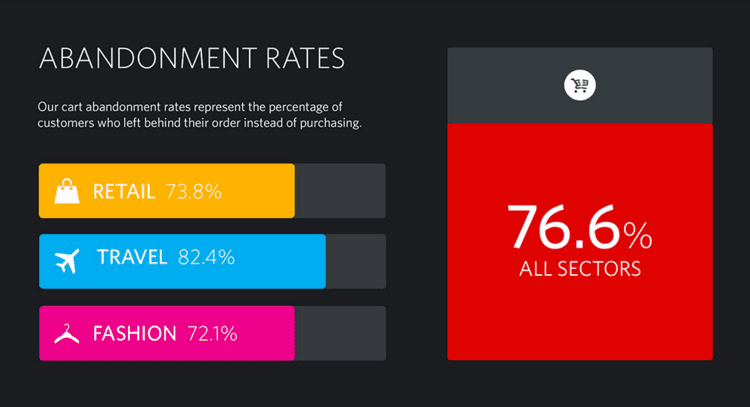
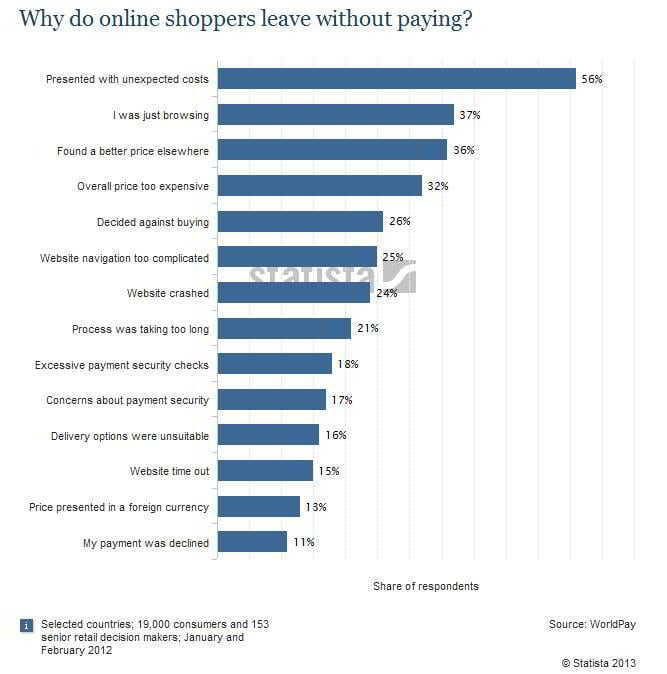

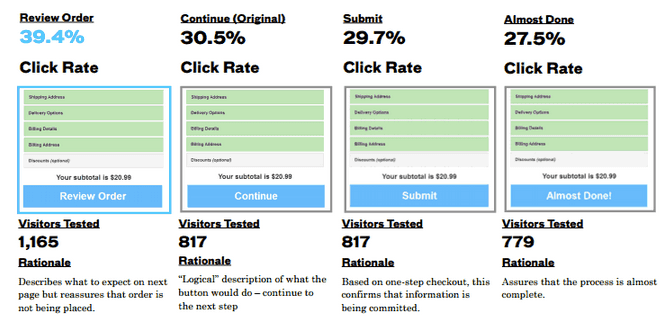
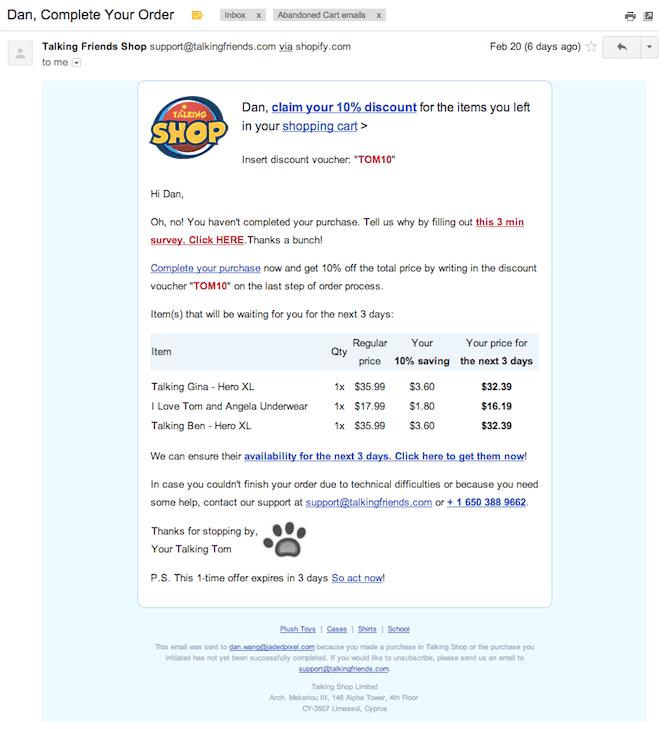
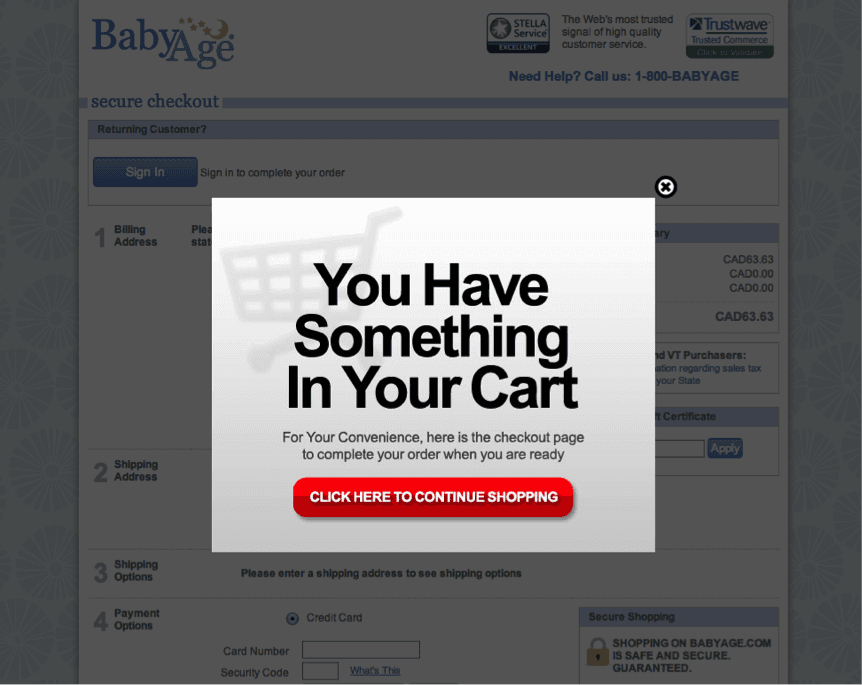




Leave a Reply
You must be logged in to post a comment.